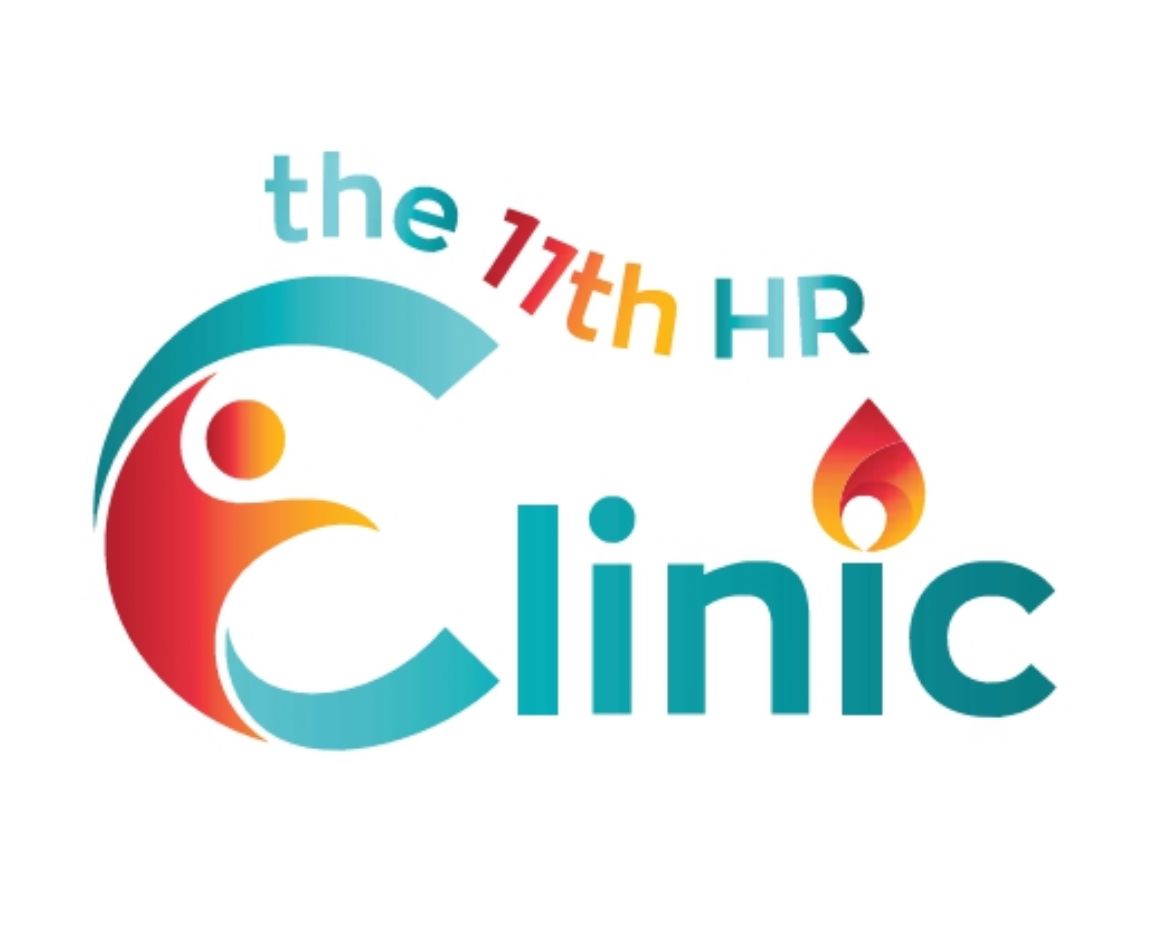Untangling the Tangled: Breaking Trauma Bonds with Professional and Personal Boundaries
How Clarity and Choice Foster Respect and Trust in Every Relationship
Human relationships, whether in the workplace or beyond, can be powerful forces for growth, collaboration, and shared purpose. On occasion, those same connections become tangled in ways that are less about mutual respect and more about unconscious patterns of dependency. This is the nature of a trauma bond: an attachment formed through cycles of hope and harm, closeness and distance, reward and withdrawal (Dutton & Painter, 1993). These bonds are not always obvious. They can look like loyalty, devotion, or even passion, however when examined closely, they often thrive on unpredictability, blurred boundaries, and an unspoken fear of loss. In professional contexts, these dynamics can compromise decision-making, psychological safety, and integrity (Kaplan, 2023). In personal contexts, they can keep us anchored to relationships that limit our growth (Carnes, 2019). The challenge and the opportunity is in untangling them.
The Pull of Trauma Bonds
Trauma bonds operate on a simple yet powerful mechanism: intermittent reinforcement. When approval, attention, or affection is given inconsistently, sometimes withheld and sometimes amplified, it creates a loop of longing and reward. This cycle activates the brain’s reward system, making the connection feel addictive (Carnes, 2019; Reid et al., 2013). In workplaces, this might look like a manager who alternates between praise and criticism. In personal life, it can be the relationship that feels intense but unstable where validation is conditional and clarity is elusive. Over time, these dynamics blur the line between what feels familiar and what feels safe. Familiarity can masquerade as belonging even when the cost is our own boundaries (Dutton et al., 2006).
Boundaries: The Act of Untangling
Untangling trauma bonds is not about judgment or blame. It’s about clarity and choosing to step out of loops that diminish self-respect and professional integrity. Boundaries are the tool for this work. A boundary is not a wall; it is a guidepost. It says: Here is where I end, and you begin. Here is what I can give without losing myself. Here is what I need to thrive. Research on psychological safety and leadership demonstrates that when boundaries are absent, both individuals and organisations suffer. Ambiguity around limits often leads to burnout, role confusion, and erosion of trust (Edmondson, 2019; Schaubroeck et al., 2012). Conversely, consistent and clear boundaries foster resilience and authentic engagement (Maslach & Leiter, 2016).
When Lines Are Crossed and Cues Are Misread
In both business and life, lines blur easily. A late-night message about a project that slips into personal territory. A manager who confuses compliance with loyalty. A connection that feels compelling but leaves one person carrying the weight of the other’s expectations. When cues are misread, intentions become tangled. This is why clear, respectful boundaries are acts of care, not just for ourselves, but for others. They remove ambiguity and create conditions for authentic connection, where no one is left guessing (Kaplan, 2023).
Professional vs Personal Boundaries: Why They Matter
Both professional and personal relationships can become enmeshed when boundaries are unclear. In business, stepping into a “rescuer” role for someone in crisis might feel supportive but if the expectation becomes dependency, it crosses a line. Similarly, in personal contexts, playful words or subtle flirtation can be misread when roles or intentions aren’t clear. The result? Confusion, tension, and attachments that feel heavier than they should. Healthy boundaries prevent these tangles. They allow relationships, professional or personal, to stand on clarity and mutual respect rather than assumption and obligation.
Making Space for Something Healthier
Untangling a trauma bond is not just an act of release it is an act of creating space. Every time we say, This is not for me anymore, we open space for something better, something grounded in mutual respect, stability, and freedom. Healthy relationships, whether professional collaborations or personal partnerships, are not built on intensity and unpredictability. They are built on consistency, shared values, and trust. And trust begins when both parties are free to choose not bound by fear, obligation, or emotional debt (Edmondson, 2019; Carnes, 2019).
Final Reflection
If you find yourself in a dynamic that feels all-consuming, ask:
- Does this relationship honour my boundaries?
- Do I feel safe, or just attached?
- Am I here because I want to be or because I’m afraid to leave?
When we untangle what binds us, whether from misplaced loyalty, misread intentions, or roles we were never meant to play, we create the freedom to welcome connections that are clear, mutual, and grounded in respect. That is where trust, growth, and true partnership begin.
Feeling overwhelmed by relationship dynamics or emotional chaos? At the 11th hour clinic, we help you find clarity, balance, and peace of mind. Book your confidential session today and your next step toward emotional strength. Visit us in person at one of our Queenland locations.
References
Carnes, P. (2019). The Betrayal Bond: Breaking Free of Exploitive Relationships. Health Communications.
Dutton, D. G., & Painter, S. L. (1993). Emotional attachments in abusive relationships: A test of traumatic bonding theory. Violence and Victims, 8(2), 105–120.
Dutton, D. G., & White, K. R. (2006). Male victims of domestic violence. Journal of Aggression, Maltreatment & Trauma, 12(1-2), 59-73.
Edmondson, A. C. (2019). The Fearless Organization: Creating Psychological Safety in the Workplace for Learning, Innovation, and Growth. Wiley.
Kaplan, B. (2023). Trauma bonding in the workplace and belonging. LinkedIn Insights.
Maslach, C., & Leiter, M. P. (2016). Burnout and engagement: The organizational context. Annual Review of Organizational Psychology and Organizational Behavior, 1(3), 259–289.
Reid, J. A., Baglivio, M. T., & Piquero, A. R. (2013). Traumatic bonding and victimization in abusive relationships. Journal of Interpersonal Violence, 28(6), 1139–1161.
Schaubroeck, J. M., et al. (2012). Embedding ethical leadership within and across organizational levels. Academy of Management Journal, 55(5), 1053–1078.



